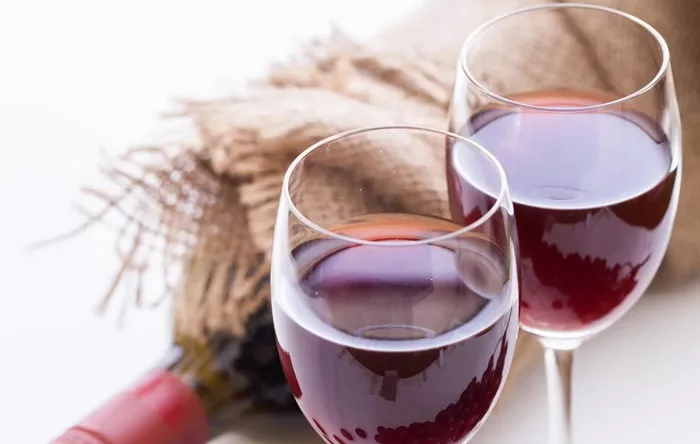Bordeaux’s vineyards are facing a growing array of challenges, from weather-related mildew affecting this year’s harvest to a broader decline in global wine prices. The 2024 vintage is expected to be the latest in a string of disappointing years for the region, exacerbated by unusually wet and cool spring conditions. In response to this, some producers are considering a drastic option: the European Union is offering financial support of up to €280,000 per producer for uprooting vines instead of harvesting them.
However, it is not just the weather that is threatening Bordeaux’s winemaking fortunes. A more profound issue lies in how the region’s wines are sold and perceived in the global market. Originally conceived as a mechanism to generate working capital for winemakers, the en primeur campaign — where wines are sold while still in barrel, before bottling — has evolved into a highly anticipated event for wine collectors, merchants, and critics. In 2024, for example, over 5,000 visitors flocked to Bordeaux in a single week to taste and assess the latest wines, with top-tier bottles scoring high marks from critics, which can significantly influence market demand.
Following the en primeur tastings, Bordeaux’s top châteaux release their wines from early May through early June, with orders placed on futures. These wines are typically delivered two years later, creating a futures market that sometimes faces limited supply. However, the traditional and somewhat opaque process — known as La Place — involves a series of intermediaries, including courtiers and négociants, who distribute the wine from producers to buyers. While this system has historically benefited collectors eager to purchase wines before full marketing and bottling, the landscape is changing.
Bordeaux’s once-robust pricing has stagnated, as demand fails to meet the high expectations of châteaux. The Liv-ex Fine Wine 50 index, which tracks the prices of Bordeaux’s most prestigious wines, shows a 24% decline over the past two years, following a post-Covid boom. The index is also down 9.2% compared to five years ago, with Bordeaux’s top wines lagging behind other wine regions like Burgundy and Champagne, which have seen price increases over the same period.
Fiona Morrison, co-owner of Thienpont Wines, which manages several top Bordeaux estates, including Pomerol’s Le Pin and Vieux Château Certan, acknowledges that the en primeur system is facing difficulties. The combination of weather-related setbacks, including mildew and cooler growing conditions, has prompted her to reduce the 2024 harvest by at least 20%. Morrison, a Master of Wine, even considered forgoing the en primeur campaign entirely this year.
While much of Bordeaux’s current plight is blamed on an oversupply of wine, production has actually been on the decline over the past two decades. The average annual output from 2021 to 2023 was 390 million liters, a sharp drop from 604 million liters in 2000-2005. The region’s struggles are further compounded by shifting global consumption patterns. Red wine, which constitutes 88% of Bordeaux’s production, has seen a steady decline in global demand. In 2021, worldwide consumption of red wine fell 15% from its peak in 2007, according to the International Organisation of Vine and Wine. In contrast, white wine consumption has grown slightly over the same period, providing some hope for Bordeaux’s white wine producers.
As Bordeaux grapples with these challenges, producers will need to adapt to the evolving wine market and consumer preferences to secure a sustainable future for the region’s renowned wines.
You might be interested


